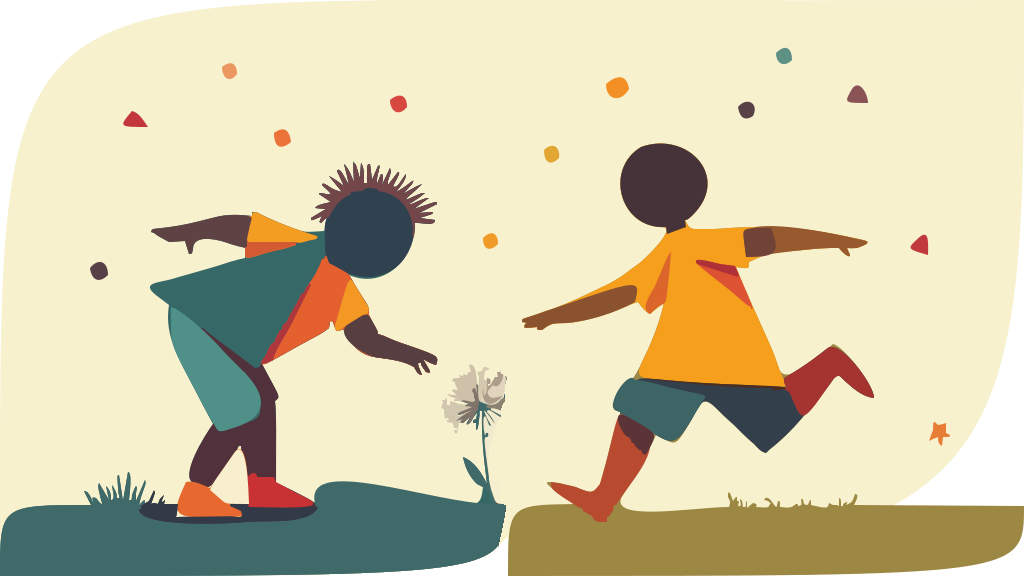
Watch a child for a day, and you’ll notice something peculiar about their relationship with motion. Unlike us adults, who have mastered the art of measured walking – that steady, economical pace that carries us through our routines – children seem to exist only in two distinct states: either completely still or racing at full tilt.
There’s no middle ground in their movement vocabulary.
When they stop, they truly stop. A child might freeze mid-stride at the sight of a dandelion pushing through a sidewalk crack, becoming as motionless as morning dew on a spider’s web. Their stillness has a quality of complete presence that we adults have largely forgotten. You can almost hear the quiet hum of their concentration when they squat beside an ant trail or press their noses against a bakery window, their breath creating small clouds on the glass.
Then, without warning, they burst into motion. Not the careful, considered walking that we’ve adopted as our default, but pure, unbridled running.Their legs pump with abandon, arms windmilling through the air, as if the very act of moving through space demands their full expression. They run not to get somewhere, but for the sheer electric joy of feeling wind rush past their ears.
I witnessed this yesterday: my neighbor’s daughter stood transfixed by a butterfly landing on a fence post, her body so still she seemed part of the garden. Seconds later, she was tearing across the lawn, arms spread wide, chasing nothing but her own delight. The contrast was beautiful in its purity.
When did we lose this binary approach to movement? When did we learn to dampen our extremes into this perpetual middle gear? Perhaps it happened gradually – in classrooms where we learned to walk quietly in lines, in offices where running would seem undignified, in social spaces where we learned that stillness might be interpreted as awkwardness and running as chaos.
Yet there are moments when we remember. Watch adults during a sudden summer downpour – some will stand perfectly still, faces tilted up to feel each drop, while others will break into spontaneous runs, laughing as they splash through puddles. In emergencies or moments of joy, we temporarily shed our measured pace and return to these joyful states.
There’s wisdom in their natural rhythm – this alternation between complete engagement with stillness and full commitment to motion. While we pride ourselves on our measured approach to life, always maintaining that steady walking pace, our children’s bodies remember something we’ve forgotten: that maybe life isn’t meant to be walked through, but rather fully paused or fully embraced. In their simple choreography of extremes, children are perhaps their own kind of philosophers, teaching us through their bodies what we’ve intellectually forgotten: the beauty of true rest and the joy of unbridled motion.
The space between standing still and running might just be where we’ve lost ourselves.
Reactions to this piece:
So true! My kids favorite thing to do is run across the room. We live in a small townhouse and they somehow manage to run in this tiny space. I love how my 2 year old runs and makes sudden stops. She will also take her time to step on the snow and see her footprints when we are outside.
A loving mother
Send me your story to [email protected] pls.